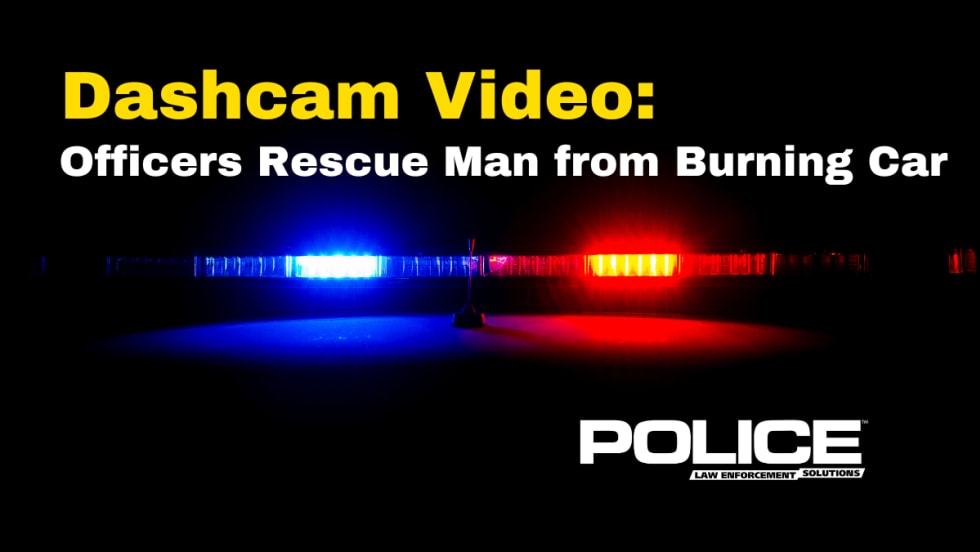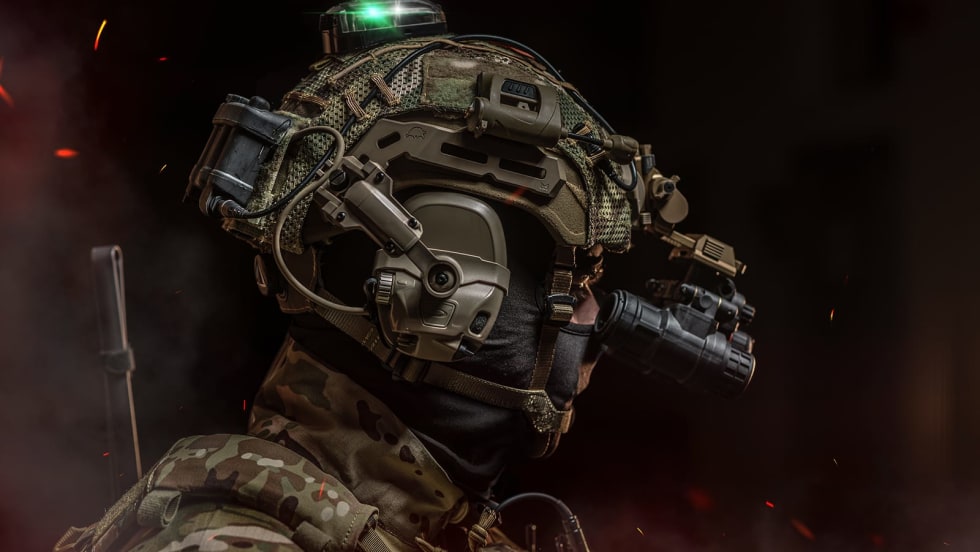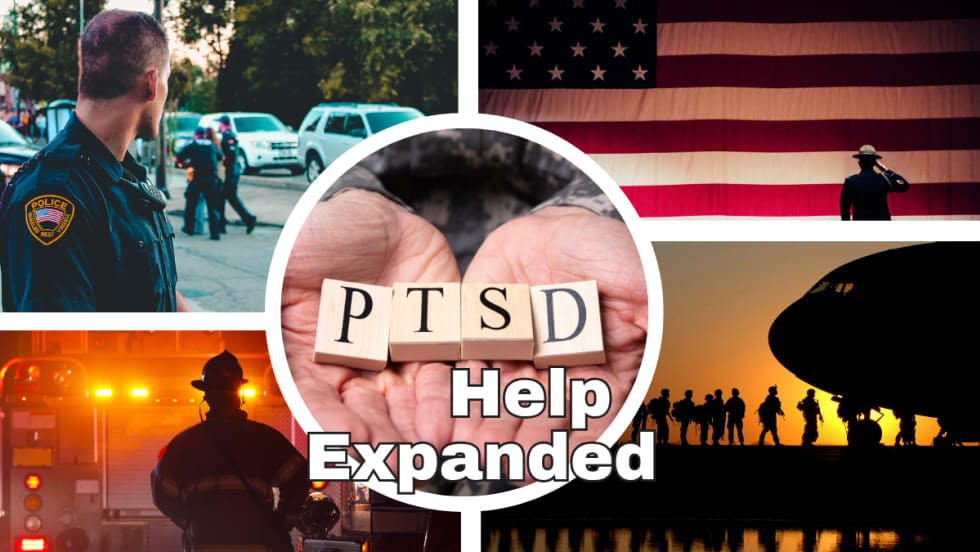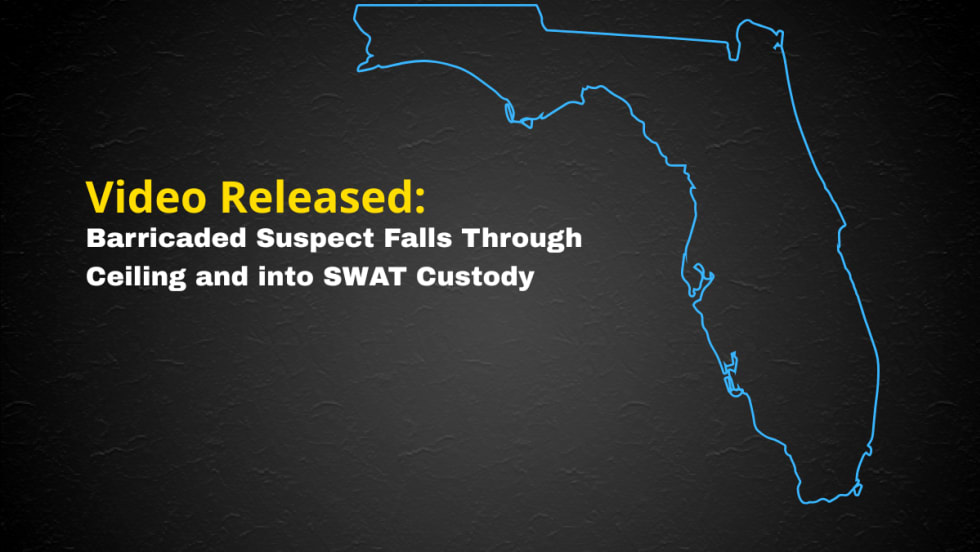If you have ever had a similar feeling then this little book is for you. The trouble is, it is out of print, but your local library (a building full of books you get to read for free, for you younger crime fighters) can get a copy for you to read for free. As I read the book I thought, Why the heck haven't we thought of this before? It was an epiphany and very quickly I found meetings became very relevant and focused. Whenever we gathered, we knew someone was getting a "monkey" so just in case it was you, you stayed alert to the issues of the meeting.
So what exactly was "the monkey" and how did it make such a difference in the quality of our meetings? A "monkey" is something that needs to be done; a next step, an action that someone will have to attend to, something that is so pressing we call it a "monkey on my back." A good meeting has a reason for it, and when it is over either the issue has been resolved or there is something for someone to do…a next step. Here is an example: We suffered a severe budget crunch and suddenly we didn't have money to pay for our scheduled fourth-quarter qualification.
We had three issues to resolve: Did we need to do four qualifications a year? Where would the money come from? Who was going to make our decision work? We decided our practice of qualifying four times a year was essential for officer safety and liability, and because the war on drugs was increasing the risks of policing; because of these factors we needed to seek grant monies. If you have ever handled a grant you know it is more a gorilla than a monkey, but I left the meeting with that monster on my back. Did that mean I did all the work? Heck no, but I coordinated all the efforts and in the end we had the dinero to keep our troops' skills up to snuff.
Once a "monkey" is identified and assigned it creates a focus on the key W's: who, what, where, and when. The "why" was decided in the meeting and it wasn't unusual for a monkey to meet its end right there if we decided doing nothing was the best option. In fact, too many times organizations just do things for the sake of doing them instead of reflecting on whether it is time to just finish off the monkey altogether. That is what is so great about this concept. Identifying what the monkey is, the next step to be taken, forces us to really think about the best options for our agency. Anyone can discover a problem that calls for a "monkey" and then it can be examined.
If a dispatcher sees a problem, he or she can call it to a supervisor's attention. The supervisor may take the "monkey" or leave it on the dispatcher's back by saying, "Write up the issue and give me some alternatives." The dispatcher can do the research and offer several options, such as do nothing, apply manpower, apply resources, change policy, or simply request a review of the problem later. Often during research it is found other agencies have faced the same issue, and I am a big believer in not reinventing the wheel.













